Aindrea Emelife on bringing the Nigerian Pavilion to life at the Venice Biennale 2024
Curator Aindrea Emelife has spearheaded a new wave of contemporary artists at the Venice Biennale’s second-ever Nigerian Pavilion. Here, she talks about what the world needs to learn about African art
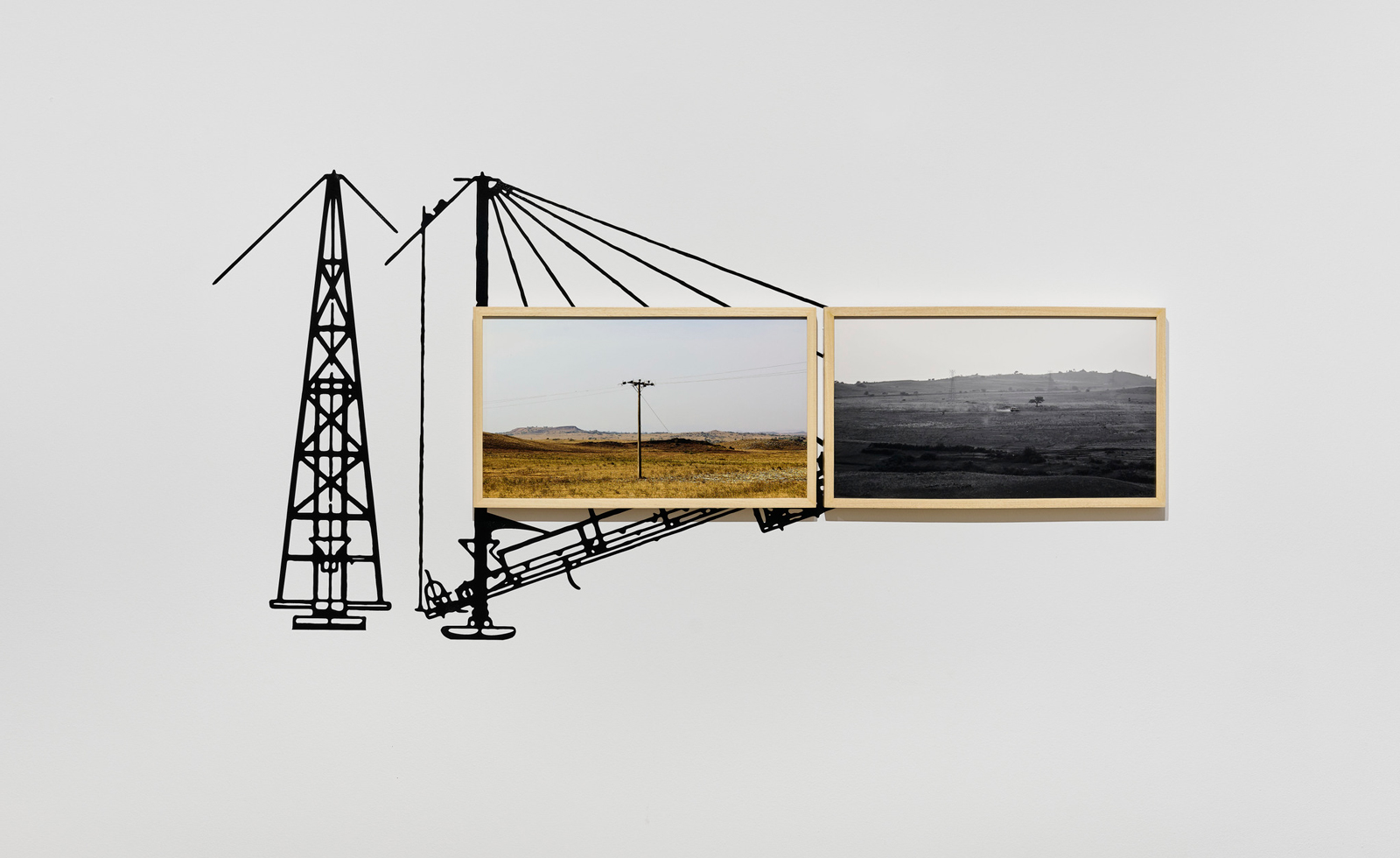
Aindrea Emelife is the British-Nigerian curator spearheading a new wave of contemporary artists, and presently also the curator behind the second-ever Nigerian Pavilion at the Venice Biennale 2024. When we get on a call ahead of the event’s opening (on 20 April), she’s in Venice, working with a team on the installation. As she speaks, I can sense the excitement in her voice: ‘We are working towards the installation’s completion and it's been going really well. I'm looking forward to the reveal.’
Emelife’s career has been prolific. From her early days as an art writer to becoming a Financial Times columnist at only 20, while studying for an art history degree at The Courtauld Institute of Art, and later becoming one of London's interesting art curators. Among a pool of her curated works, ‘Black Venus’, her 2022 exhibition featuring 19 artists who analysed the legacy of Black women in visual art, set the pace. And now, she is the curator of modern and contemporary art at the Museum of West African Art (MOWAA) a position that is instrumental to her vision of Nigeria and African art.
Here, Wallpaper* chats with the curator about getting started in her career, curating the Nigerian Pavilion, and African arts.
Aindrea Emelife on the Nigeria Pavillion at the Venice Biennale 2024
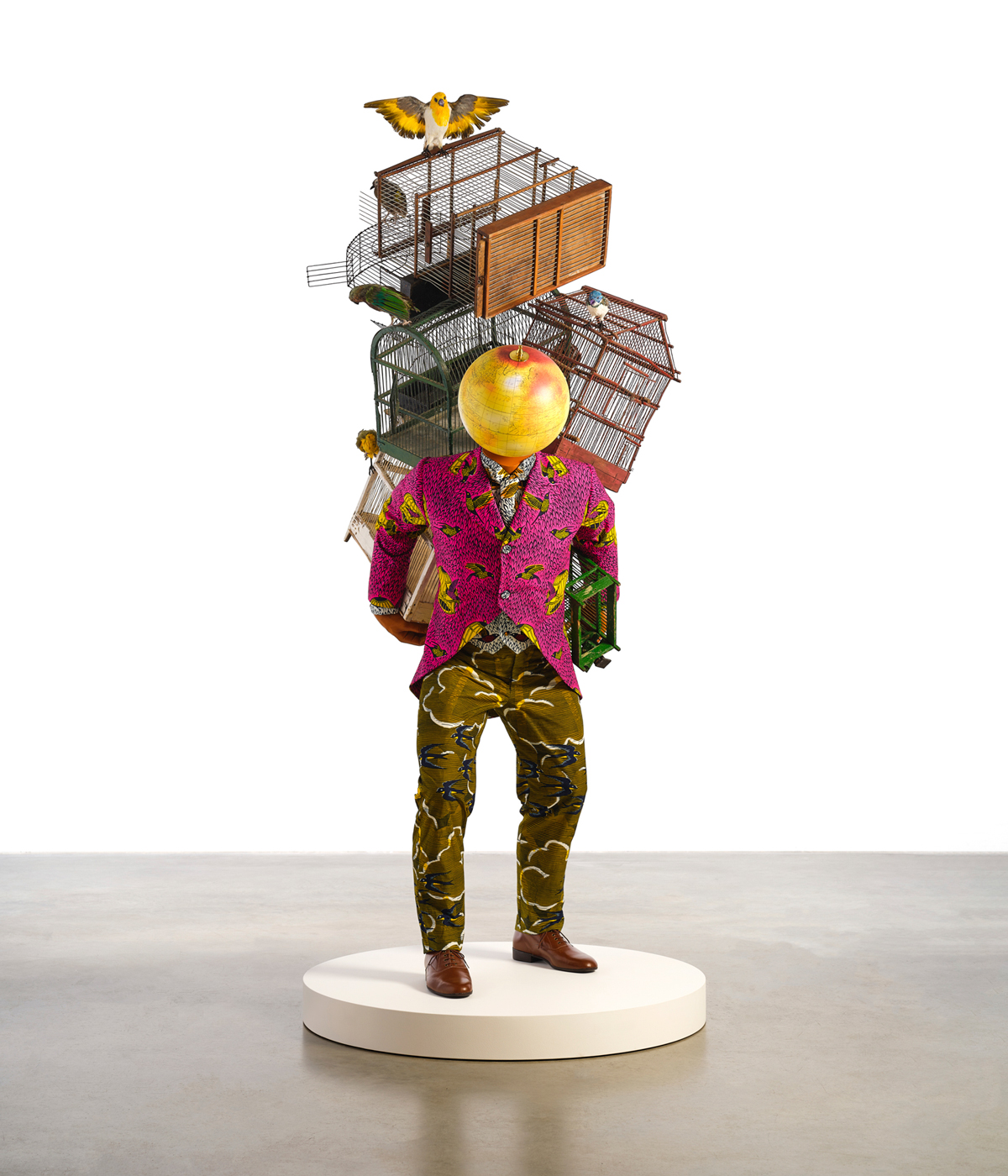
Yinka Shonibare CBE RA, Birdcage Man, 2023
Wallpaper: How do you feel about curating the Nigerian Pavilion at the 2024 Venice Biennale?
Aindrea Emelife: It's an honour, but [also] a real undertaking because it's [only] the second time that Nigeria has participated in Venice, which is obviously a great shame. [We] need the representation of African pavilions in Venice. I think the idea of ‘Nigeria Imaginary’, [the pavilion exhibition’s theme], is [centred on the] potential of Nigeria, and it fits in with current topics and debate. It […] allows for the wider audience to dream with us. It almost becomes a manifesto for a new nation, a nation that could have been, but a nation that still can be. I wanted to create an exhibition that can be inspiring, not just for the world, but for the country it's about, so that it can inspire new artists, [and] they can inspire all of us to imagine a new Nigeria and then try to put that into actuality. So it's very much thinking about what could be, which is an interesting way to articulate and talk about a country.
W: Did you have specific criteria while selecting the artists for the pavilion?
AE: I was thinking about artists that would work well with the theme. But also I wanted to create a little bit of a balance, thinking about representation from different parts of Nigeria. I wanted to make sure that it wasn't just one point of view. And then I also wanted it to be intergenerational, so different ages. I wanted to think about artists that have lived in Nigeria their entire lives or some that have left and come back. So they have different points of entry and different ways of viewing the nation. And I wanted artists that work in different mediums, because I think a lot of people still consider African art to be very reliant on [the] figurative and painting. But artists are working in different mediums, from film to sound to installation. It's really pushing the idea that Nigerian art or African art is more than two-dimensional figuration.
Wallpaper* Newsletter
Receive our daily digest of inspiration, escapism and design stories from around the world direct to your inbox.
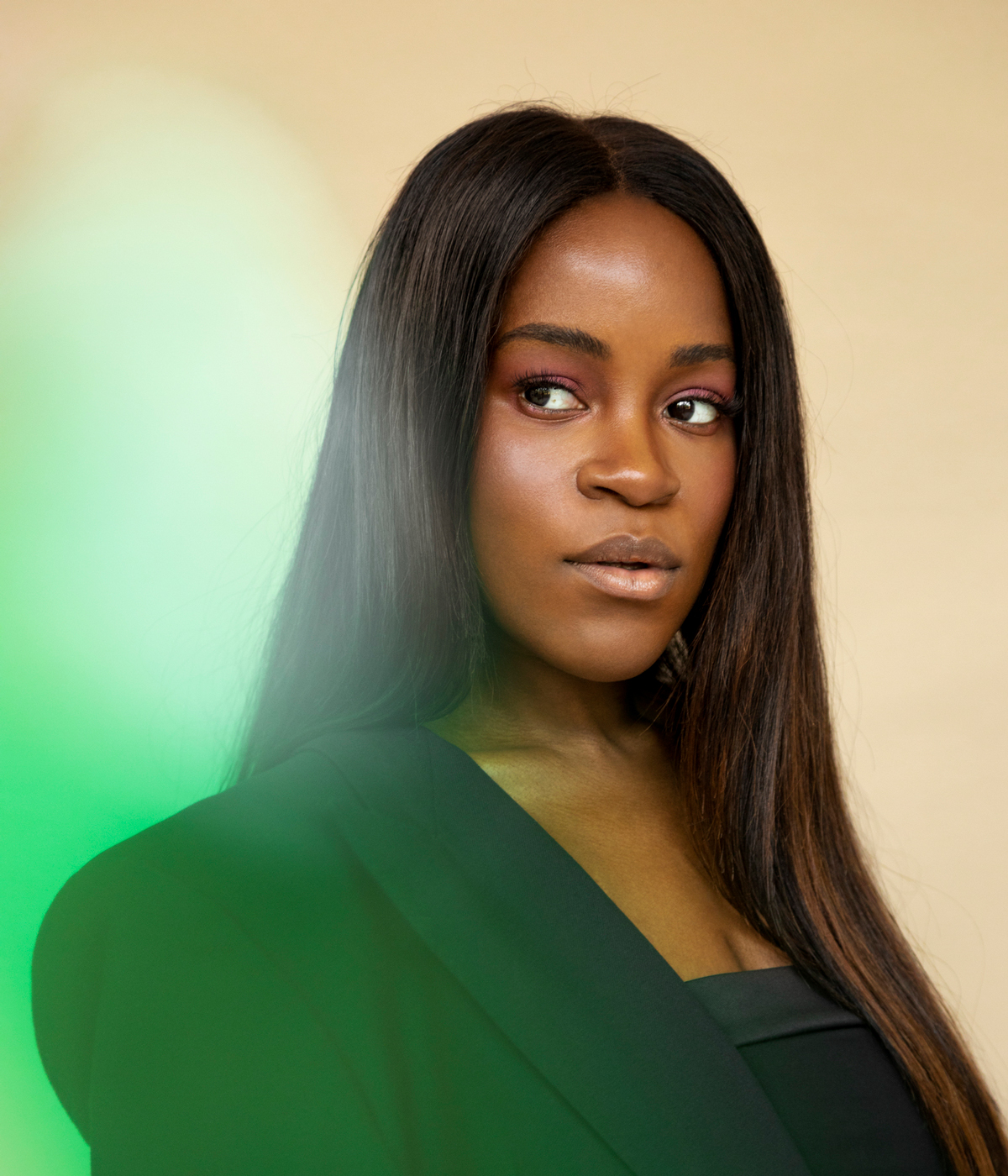
Aindrea Emelife
W: Where did your career as a curator, writer and historian begin?
AE: It's an interesting story. A lot of people in the art world come from parents that are into art or a family that are really embedded in that. But I didn't have that start. My parents weren't dragging me to museums. I just, for whatever reason, fell in love with art, with museums, with exhibitions from a really early age. And so it became a strong passion of mine. Originally, I was more interested purely in writing [about art]. As a teenager and a young adult, I would write about different exhibitions for magazines and newspapers, because I was fascinated about what art has to say about the world. And then as things developed, I was interested in how to tell stories visually. And I started to think about an exhibition as almost like a visual essay. How do you tell a story or an idea through artworks, through the minds of the artists? I became very interested in how art can be relevant to people in a different way.
When I started to think about what I'd like to introduce into the world through my love of art, I felt that making exhibitions and tackling stories that have not been told often enough or at all was a rewarding mission point because there's so much art and art history that hasn't been focused on. As a Nigerian, as an African, [I think] about how narrow or how shallow the storytelling of our great, great legacies has been globally. And so I'm now focused predominantly on uplifting African art stories, and in general, trying to create exhibitions that expand the way that we see the world and see ourselves.
W: How did your parents respond to your career path initially?
AE: I have Nigerian parents. They were like, ‘What is this?’ A lot of people I know in the art space that have African parents will say a similar thing, that you're destined to be a teacher or a doctor. I knew very early on that the things I wanted to do were creative and maybe not the most obvious vocational [paths], but I was passionate about them. I applied for university. I went to The Courtauld Institute in London, which is dedicated to art history. I will be honest and say that it took a lot of arm-twisting to convince my parents. I told them that I would eventually transition into art law, but that didn't happen, and nor did I have the intention of that happening. But it was a good way to soft-launch the concept [of my career]. Luckily, all of these stories come from a good place. My parents grew up in Nigeria. They came here, they made a life here. I think that it comes from a sentiment of [their wanting] security, and the art world cannot always provide that.
Many creative professions don't. But I've always been committed, and I'm committed to doing things that can help people in interesting ways. [Art] is such a valuable profession to think about how you can inspire people, provide hope, or provide new ways of understanding themselves and the world. So it's better now. My parents are really proud. It was not a simple conversation. But what's also lucky is that with more and more Africans being in the art space, future generations will benefit, because you can see that this is viable. With greater diversity in different ways, not just in race, but in terms of gender and different perspectives, [art] seems like a much more agreeable and viable choice and not so much of trying to enter a space that doesn't want you to be there.
W: What do you think the world needs to learn and unlearn about African art?
AE: I think the world needs to understand that Africa is so varied. And then even when you take the individual nations, they're so varied. If you think about Nigeria, there are so many different tribes, so many different languages, so many different legacies. [For example], the architectural history is so vast and so long. And then it's completely different in other areas of Nigeria. And then it's diverse from other parts of Africa. Understanding how expansive Nigeria and Africa are is really important, but also, trying to think about [them] not as a monolith.
The Venice Art Biennale 2024 is open to the public from 20 April to 24 November
Ugonna-Ora Owoh is a journalist and editor based in Lagos, Nigeria. He writes on arts, fashion, design, politics and contributes to Vogue, New York Times, Wallpaper, Wepresent, Interior Design, Foreign Policy and others.
-
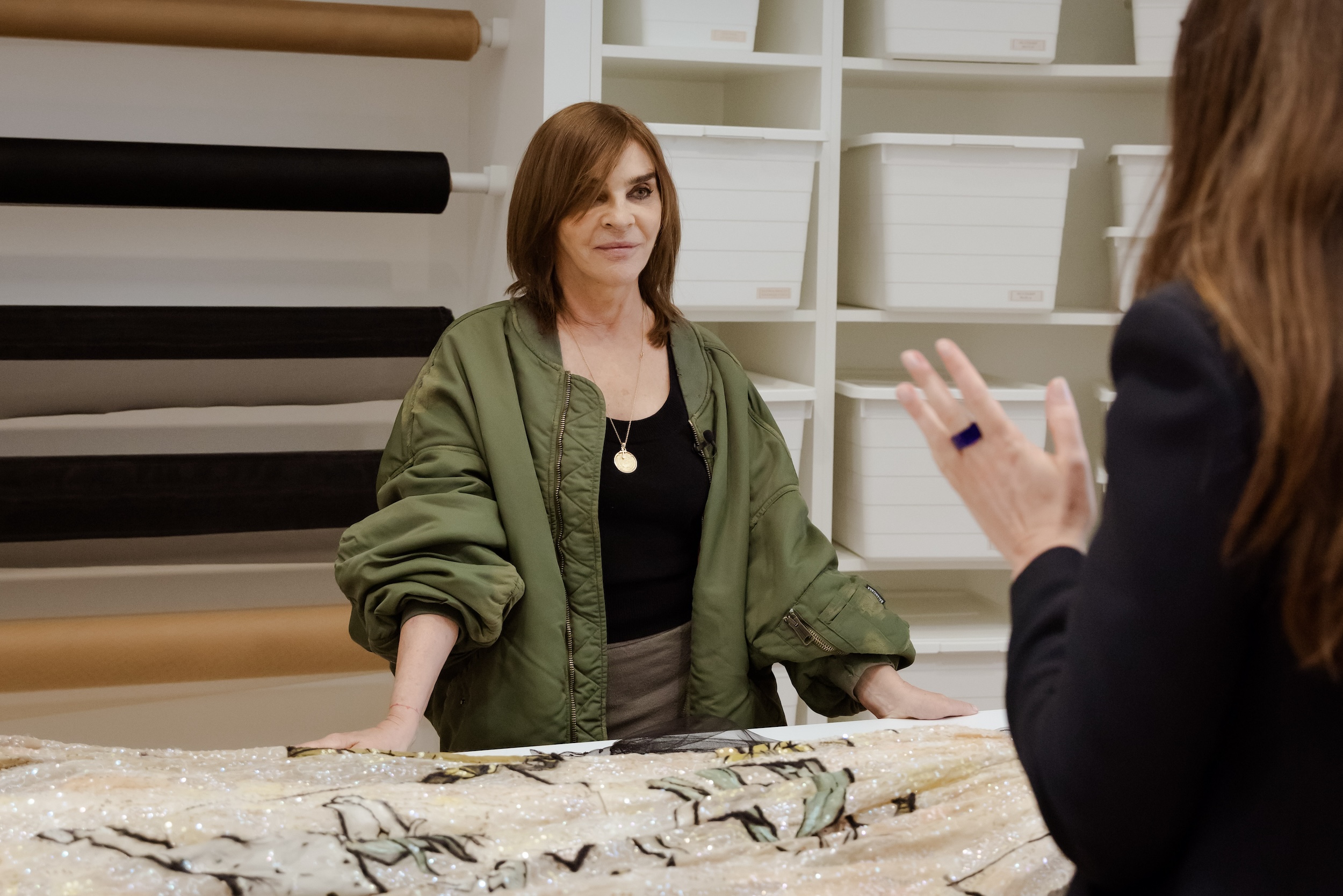 Carine Roitfeld on the magic of Dior
Carine Roitfeld on the magic of DiorThe legendary fashion editor has teamed up with photographer Brigitte Niedermair on a special look into the famed French house's archives as part of the UBS House of Craft x Dior in New York
-
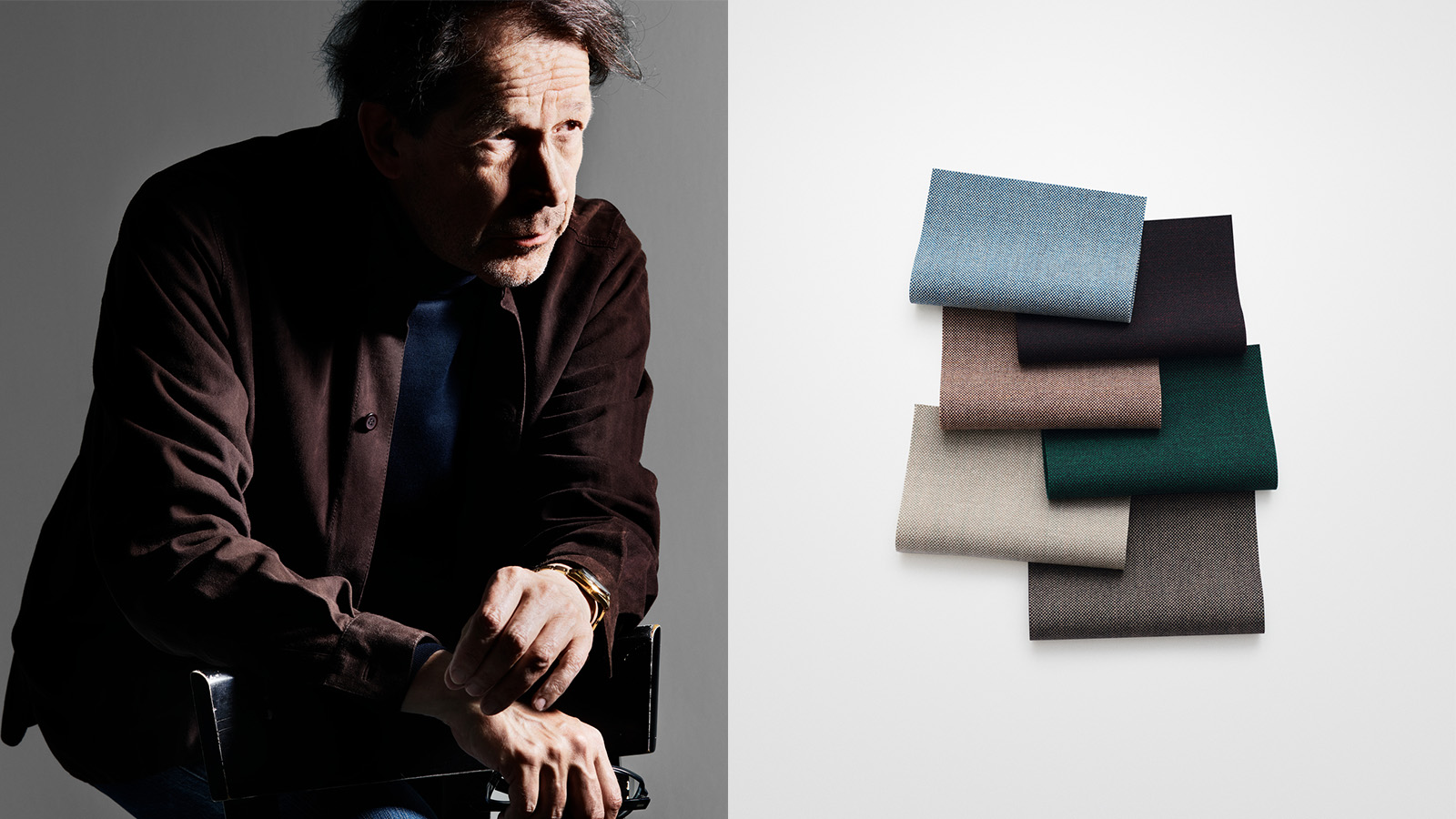 Kvadrat’s new ‘holy grail’ product by Peter Saville is inspired by spray-painted sheep
Kvadrat’s new ‘holy grail’ product by Peter Saville is inspired by spray-painted sheepThe new ‘Technicolour’ textile range celebrates Britain's craftsmanship, colourful sheep, and drizzly weather – and its designer would love it on a sofa
-
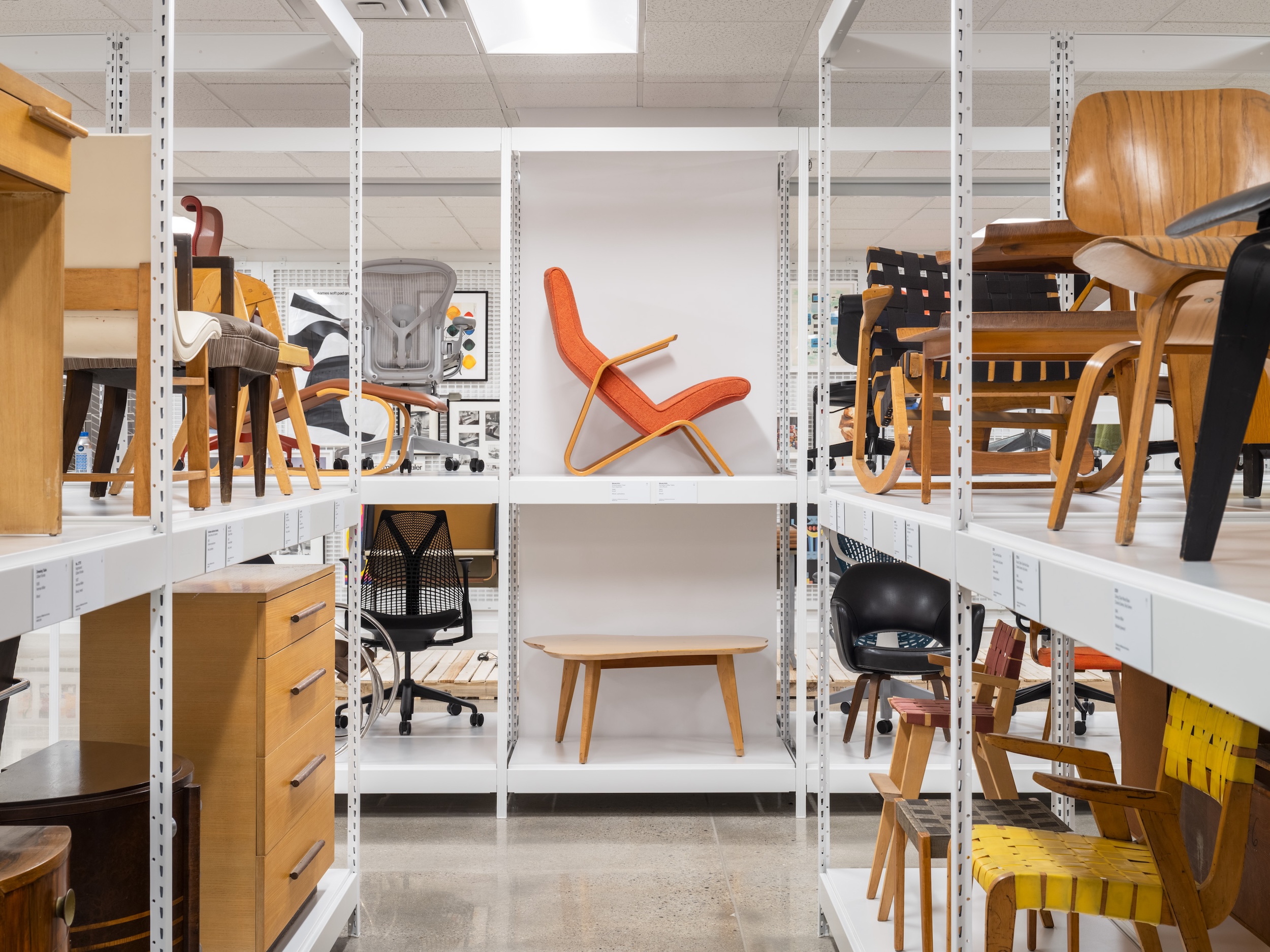 MillerKnoll's new archive is a design lover's paradise
MillerKnoll's new archive is a design lover's paradiseThe furniture design powerhouse is opening its vaults to scholars and enthusiasts like. Take a peek inside
-
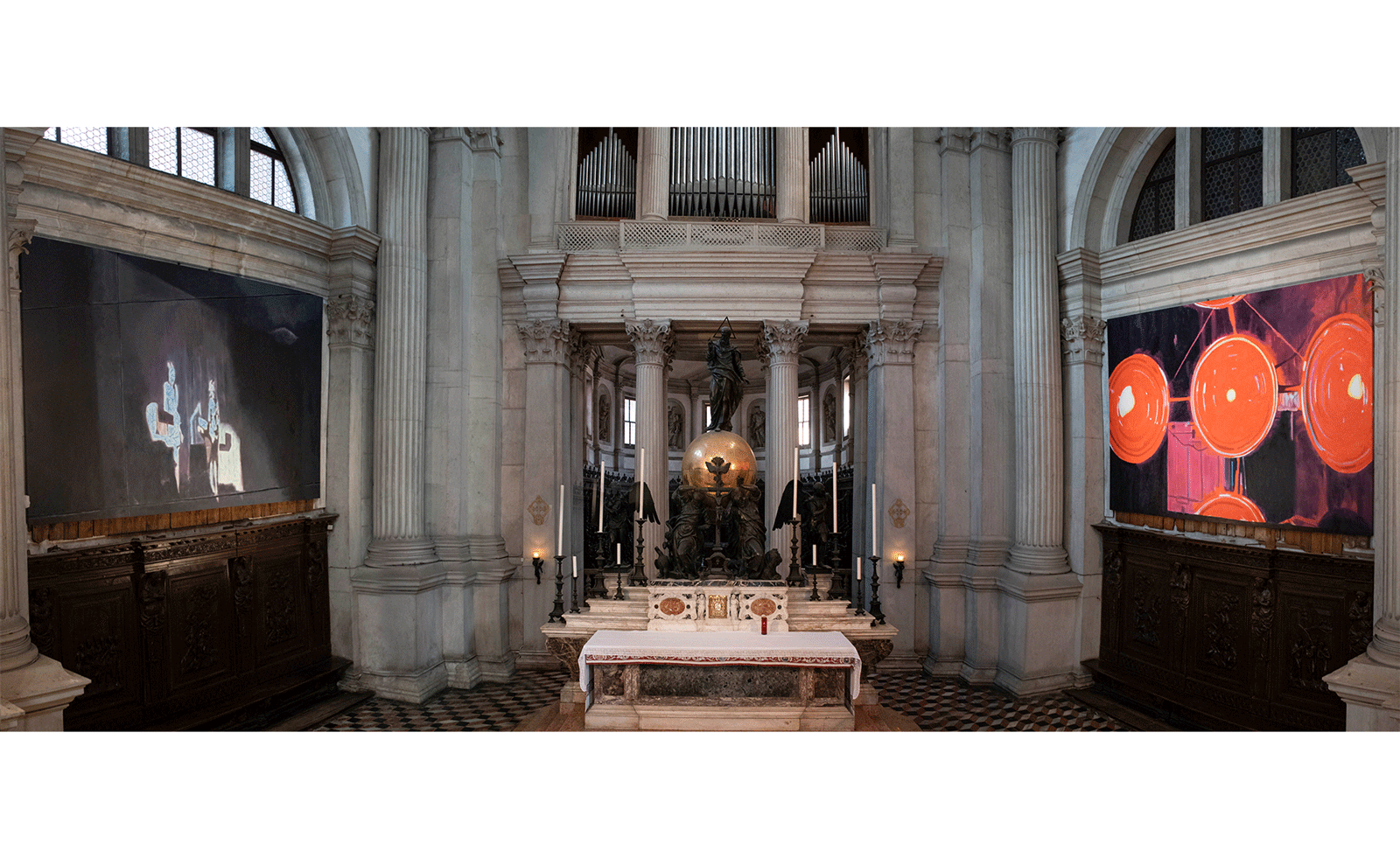 Luc Tuymans debuts his largest ever paintings at Venice’s majestic San Giorgio Maggiore Basilica
Luc Tuymans debuts his largest ever paintings at Venice’s majestic San Giorgio Maggiore BasilicaLuc Tuymans is the latest artist to be commissioned by San Giorgio to present work inside its famous space
-
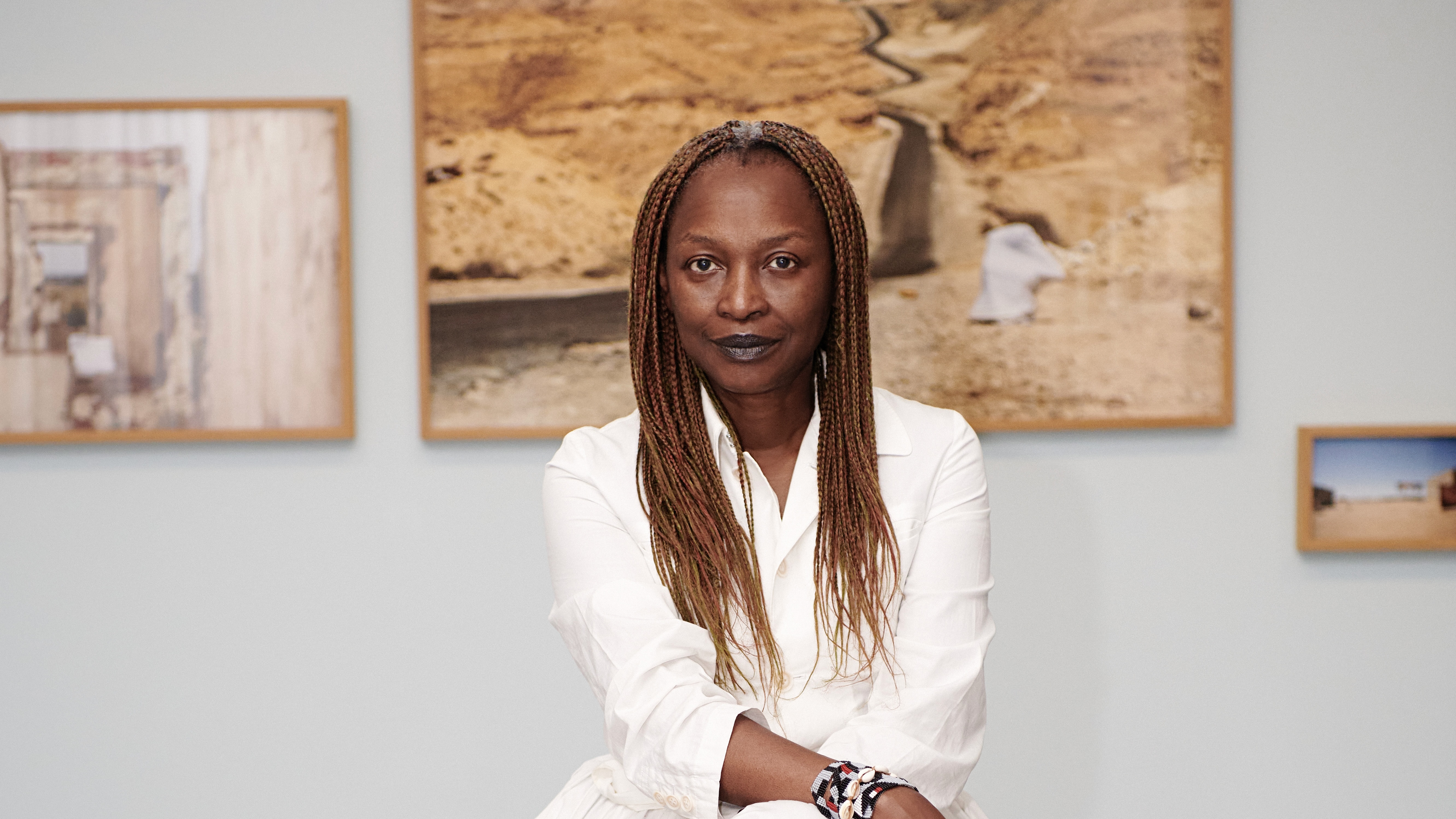 Remembering Koyo Kouoh, the Cameroonian curator due to lead the 2026 Venice Biennale
Remembering Koyo Kouoh, the Cameroonian curator due to lead the 2026 Venice BiennaleKouoh, who died this week aged 57, was passionate about the furtherance of African art and artists, and also contributed to international shows, being named the first African woman to curate the Venice Biennale
-
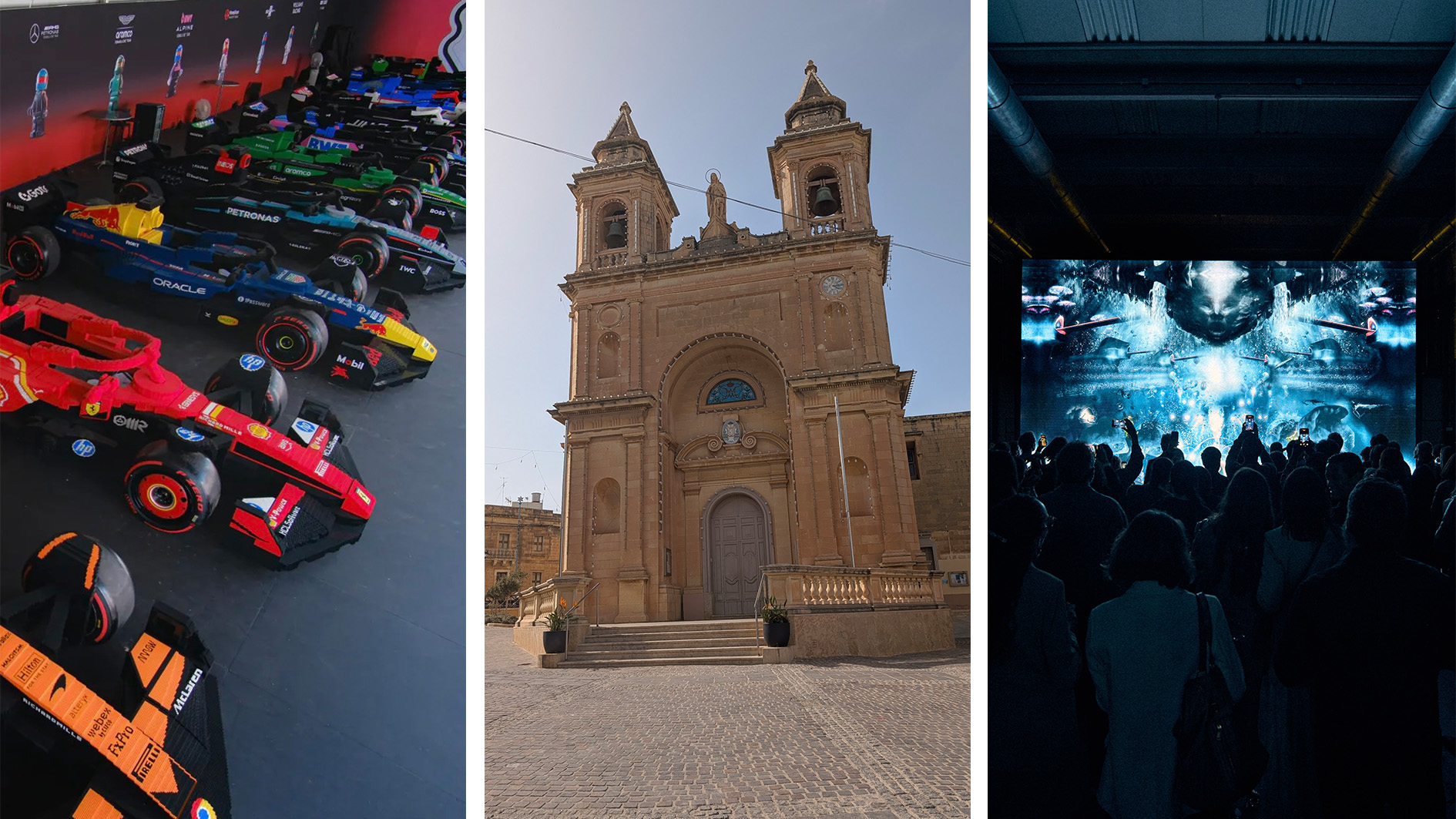 Out of office: what the Wallpaper* editors have been up to this week
Out of office: what the Wallpaper* editors have been up to this weekMuch of the Wallpaper* team found itself congregating in Venice this week, whether that be for the annual architecture biennale or to check out a new creative platform. Work and play took the rest of us to Miami, Malta and… Dalston
-
 Saskia Colwell’s playful drawings resemble marble sculptures
Saskia Colwell’s playful drawings resemble marble sculpturesSaskia Colwell draws on classical and modern references for ‘Skin on Skin’, her solo exhibition at Victoria Miro, Venice
-
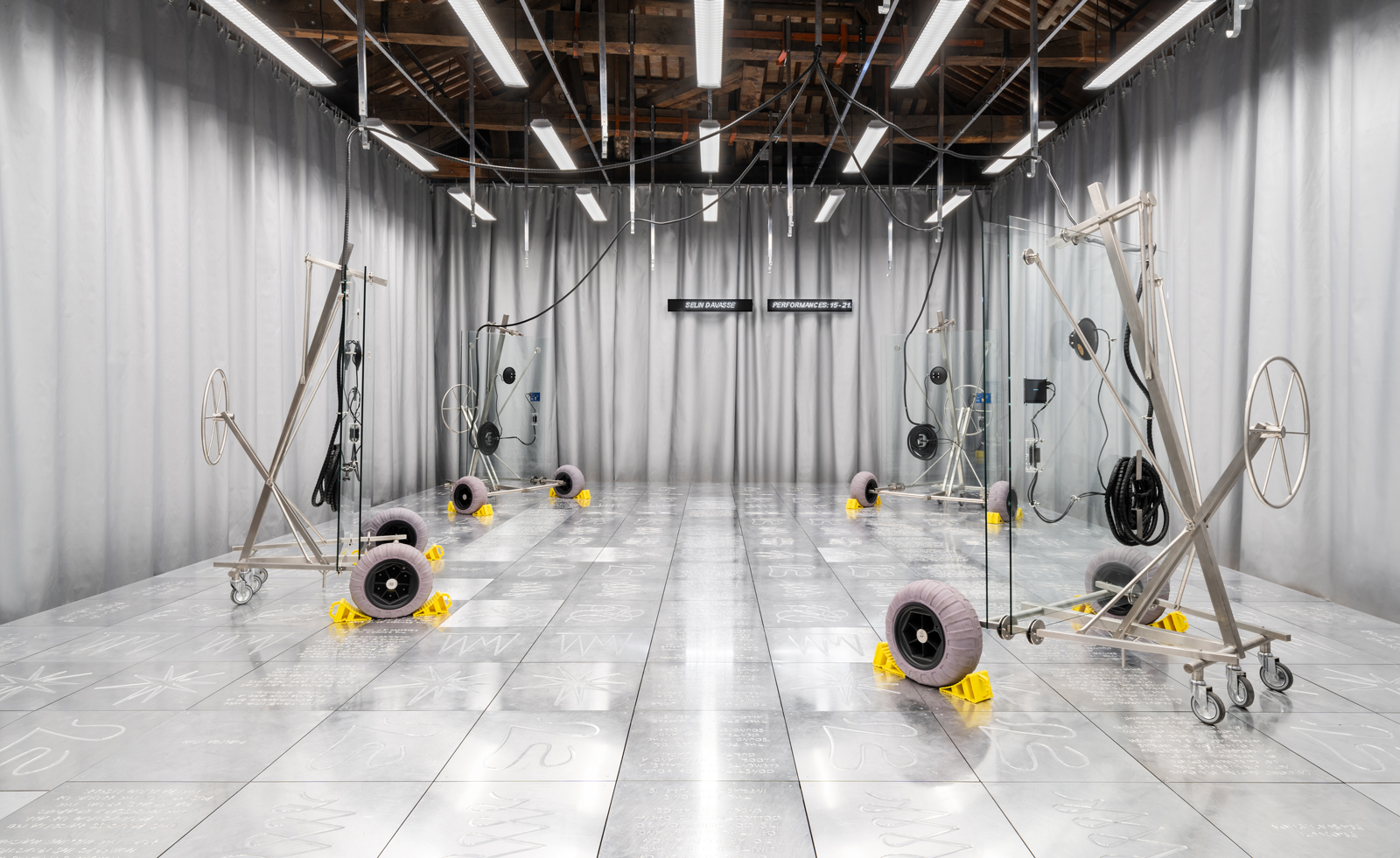 Don't miss Luxembourg's retro-futuristic lab pavilion in Venice
Don't miss Luxembourg's retro-futuristic lab pavilion in VeniceAs the Venice Biennale enters its last few weeks, catch 'A Comparative Dialogue Act' at the Luxembourg Pavilion
-
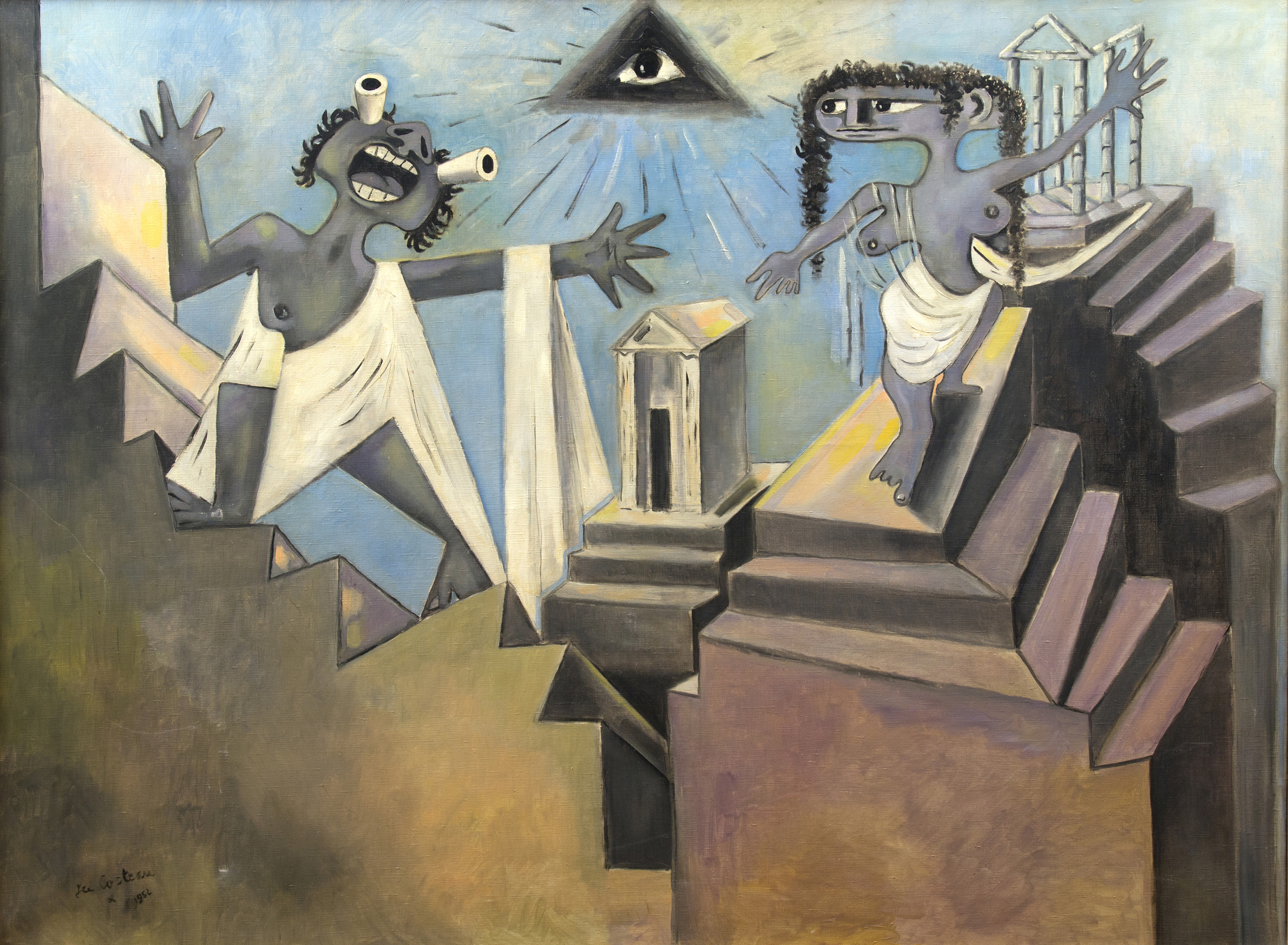 Portrait of a modernist maverick: last chance to see the Jean Cocteau retrospective in Venice
Portrait of a modernist maverick: last chance to see the Jean Cocteau retrospective in Venice‘Cocteau: The Juggler’s Revenge’, celebrating the French artist's defiance of artistic labels, is in its final week at Peggy Guggenheim Collection, Venice
-
 ‘Everything human-made is of interest to me’: Hildigunnur Birgisdóttir in Venice
‘Everything human-made is of interest to me’: Hildigunnur Birgisdóttir in VeniceArtist Hildigunnur Birgisdóttir explores consumerism at the Icelandic Pavilion at the Venice Biennale 2024
-
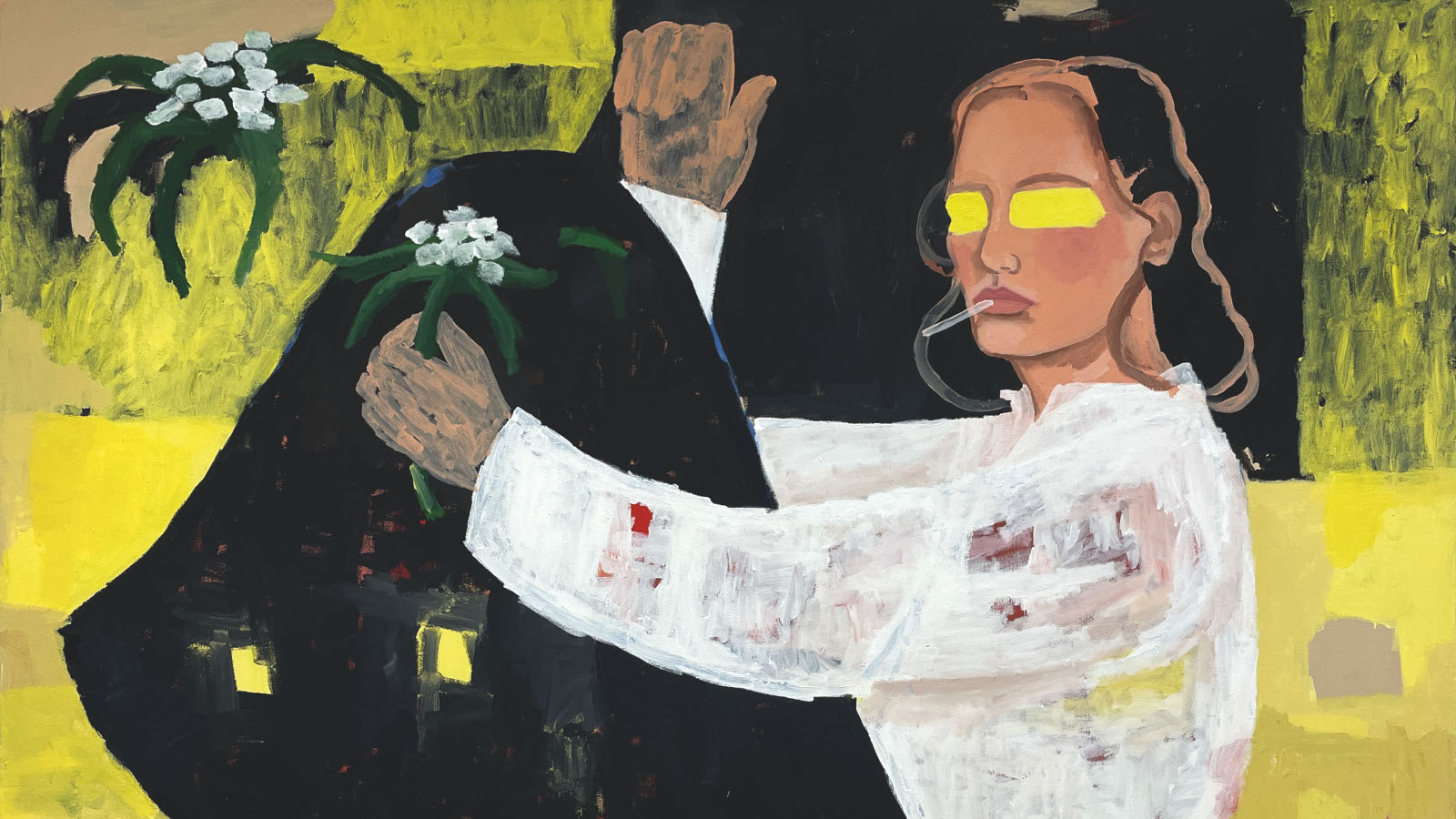 ‘Personal Structures’ in Venice is about ‘artists breaking free’
‘Personal Structures’ in Venice is about ‘artists breaking free’‘Personal Structures 2024: Beyond Boundaries’ reveals a rich tapestry of perspectives on the challenges of our time, from culture to climate and identity